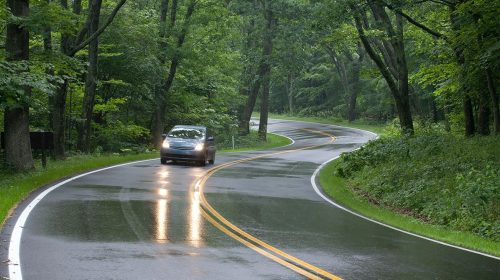What Exactly is Antilock Brakes in a Car? ABS stands for Antilock Braking System (antilock brakes). This system prevents your brakes from locking up, providing better control while braking. by Mr. Nelson | January 27, 2022 Antilock Braking System Overview ABS brakes do what the name implies – they keep your brakes from locking up […]
You are browsing archives for
Tag: DOT 4
What’s the Difference Between DOT 3 and
What’s the Difference Between DOT 3 and DOT 4 Brake Fluid? John Baker|Feb 27, 2018 10:12 AM The primary difference between Dot 3 and Dot 4 is their respective boiling points. I suspect I know your next question. But first, some background. The U.S. Department of Transportation classifies brake fluid into four main categories: DOT […]
New AMSOIL Brake Fluid and Brake & Parts
New AMSOIL Brake Fluid and Brake & Parts Performance and Reliability New DOT 3 & 4 Synthetic Brake Fluid (BFLV), DOMINATOR® DOT 4 Synthetic Racing Brake Fluid (BFR) and Brake & Parts Cleaner (BPC) help boost the performance, safety and reliability of brake systems. AMSOIL DOT 3 & 4 Synthetic Brake Fluid, AMSOIL DOMINATOR […]
Synthetic DOT 4 Brake Fluid – The Best I
Suddenly we can”t keep in stock the DOT 4 brake fluid so I asked around. Seems at the RPM road course, the Subaru club, Autocrossers, etc – all are using our brake fluid. Thanks for the added business! Anyway I did some searches and one forum they expressed how it does stay firmer under hard […]



